Home>Gardening & Outdoor>Landscaping Ideas>How To Grow Grass Under Pine Trees
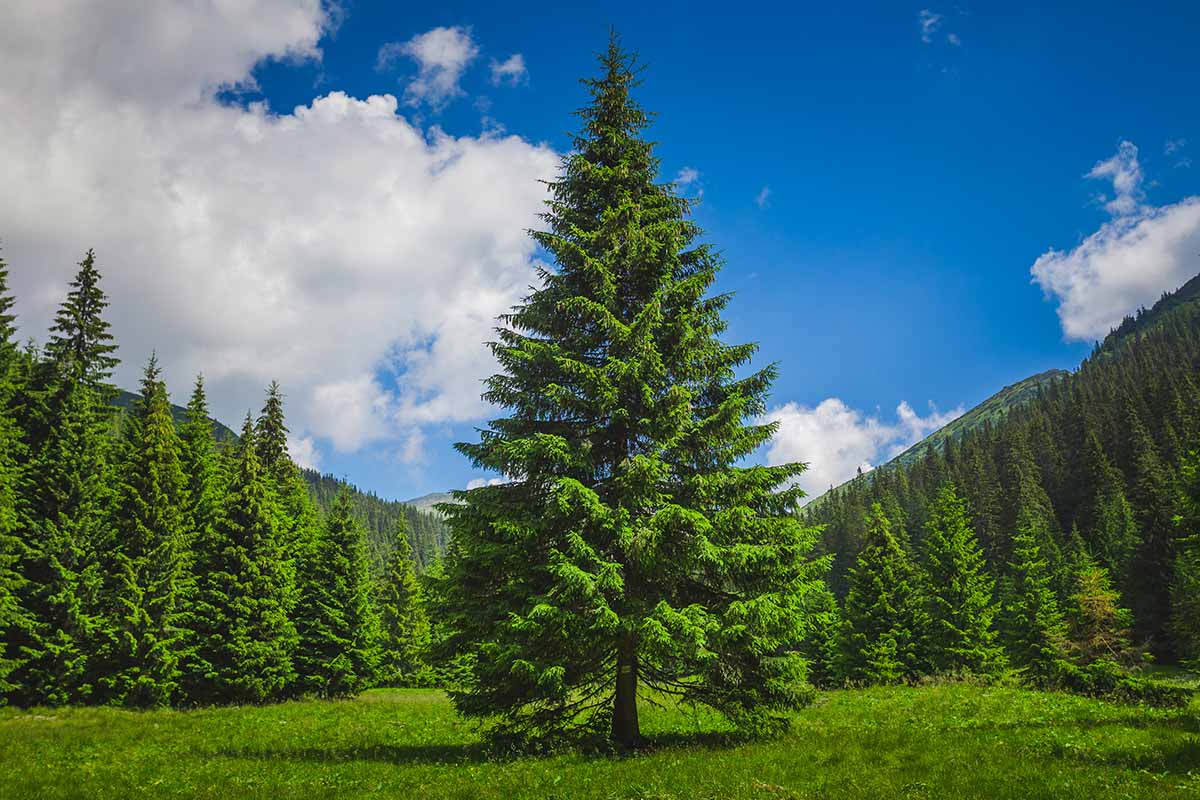

Landscaping Ideas
How To Grow Grass Under Pine Trees
Modified: March 27, 2024
Discover effective landscaping ideas for growing grass under pine trees. Learn how to create a lush, green lawn in shaded areas with our expert tips and techniques. Explore the best practices for successful pine tree landscaping.
(Many of the links in this article redirect to a specific reviewed product. Your purchase of these products through affiliate links helps to generate commission for Storables.com, at no extra cost. Learn more)
Introduction
Welcome to the challenging yet rewarding world of landscaping under pine trees. While these majestic trees offer shade, privacy, and a sense of tranquility, they also present unique obstacles when it comes to growing grass beneath them. However, with the right knowledge and techniques, you can create a lush and vibrant lawn even in the shade of pine trees.
In this comprehensive guide, we will explore the intricacies of growing grass under pine trees, from understanding the challenges to selecting the right grass, preparing the soil, planting the grass, and maintaining its health. By the end of this journey, you will be equipped with the expertise to transform the shaded areas beneath your pine trees into inviting and verdant spaces.
Key Takeaways:
- Growing grass under pine trees is challenging due to shade, acidic soil, and root competition. Choosing shade-tolerant grass like fine fescue and addressing soil acidity are crucial for success.
- To maintain a healthy lawn, mow grass at a higher setting, use slow-release fertilizer, aerate the soil, and monitor moisture levels. With patience and care, you can create a lush green space under pine trees.
Read more: What Ground Cover Grows Under Pine Trees
Understanding the Challenges
Before delving into the process of growing grass under pine trees, it’s crucial to grasp the unique challenges posed by these environments. Pine trees have a dense network of shallow roots that compete with grass for water, nutrients, and sunlight. Additionally, the acidic nature of pine needles can create an inhospitable environment for many grass varieties. The dense canopy of pine trees further exacerbates the issue by limiting the amount of sunlight that reaches the ground, hindering the photosynthesis process crucial for grass growth.
Furthermore, the accumulation of pine needles and debris can create a layer that suffocates the grass and inhibits proper root development. This layer also hinders water penetration, leading to poor drainage and increased susceptibility to fungal diseases. Understanding these challenges is fundamental to devising effective strategies for nurturing grass under pine trees.
Despite these obstacles, it’s important to approach the task with optimism and a willingness to adapt. By leveraging the right techniques and selecting suitable grass varieties, you can overcome these challenges and cultivate a thriving lawn beneath your pine trees.
Selecting the Right Grass
Choosing the appropriate grass species is a pivotal step in establishing a resilient lawn under pine trees. Given the unique conditions of this environment, certain grass varieties are better suited to thrive in the shade, acidic soil, and competition for resources posed by pine trees.
One of the most suitable grass types for shaded areas is fine fescue. This resilient grass variety exhibits a high tolerance for shade and acidic soil, making it well-suited for growth under pine trees. Fine fescue also requires minimal maintenance, making it an ideal choice for areas with limited sunlight and root competition.
Another excellent option is creeping red fescue, which excels in shaded environments and boasts impressive tolerance to acidic soil. Its fine texture and low-growing nature make it an attractive choice for creating a lush undergrowth beneath pine trees.
For areas with moderate shade, consider using Kentucky bluegrass. While it requires more sunlight compared to fescue varieties, it can still thrive in moderately shaded regions. Kentucky bluegrass is known for its lush, dense growth and is well-equipped to withstand the challenges posed by pine trees.
It’s important to avoid warm-season grasses such as Bermuda grass or Zoysia grass in shaded areas under pine trees, as they are better suited to full sun and can struggle to thrive in the low-light conditions prevalent in these environments.
Ultimately, the key to success lies in selecting grass species that can adapt to the specific challenges presented by pine trees, including shade, acidic soil, and root competition. By choosing the right grass variety, you can lay a solid foundation for a thriving lawn in these unique and often challenging spaces.
Preparing the Soil
Effective soil preparation is essential for creating an optimal environment for grass to flourish under pine trees. Given the unique characteristics of pine tree environments, it’s crucial to address the challenges associated with acidic soil, root competition, and limited sunlight penetration.
Begin by testing the soil pH to determine its acidity levels. Pine trees are known to create acidic soil conditions due to the decomposition of pine needles. If the pH levels are excessively low, consider applying lime to raise the pH and reduce the acidity. This adjustment can create a more hospitable environment for grass to thrive.
Next, focus on addressing the issue of root competition. Pine trees have a shallow and extensive root system, which can hinder the growth of grass by competing for essential nutrients and moisture. To mitigate this challenge, consider aerating the soil to alleviate compaction and improve root penetration. Additionally, applying a layer of organic compost can enhance soil structure and provide vital nutrients for both the existing tree roots and the developing grass roots.
When preparing the soil, it’s also important to address the issue of limited sunlight. Since pine trees cast dense shade, it’s beneficial to select shade-tolerant grass varieties and optimize the soil for their growth. This may involve clearing away debris and pine needles to allow for better light penetration and air circulation, creating a more conducive environment for grass to thrive.
Lastly, consider incorporating a layer of topsoil to provide a fresh foundation for the grass to take root. This layer can help level the ground, improve drainage, and offer a nutrient-rich substrate for the grass to establish itself. By addressing these soil preparation considerations, you can significantly enhance the prospects of successfully growing grass under pine trees.
Choose a shade-tolerant grass variety like fine fescue or creeping red fescue. Remove pine needles and debris, aerate the soil, and add a layer of topsoil before seeding. Water regularly and avoid heavy foot traffic to help the grass establish.
Planting the Grass
When it comes to planting grass under pine trees, strategic execution is paramount to ensure the successful establishment of a vibrant and resilient lawn. By following a meticulous approach and considering the unique challenges posed by pine tree environments, you can maximize the chances of achieving lush and healthy grass growth.
Before planting, it’s essential to clear the area of debris, pine needles, and any existing vegetation that may impede the growth of the new grass. This preparation creates a clean canvas for the grass to take root and minimizes competition for resources.
Once the area is cleared, carefully select high-quality grass seeds that are well-suited to shaded, acidic environments. Opt for a mix that includes fine fescue, creeping red fescue, and potentially Kentucky bluegrass, depending on the level of shade present. These varieties are resilient and adapted to thrive under the challenging conditions presented by pine trees.
When sowing the grass seeds, ensure even coverage and consider lightly raking the soil to promote good seed-to-soil contact. This step is crucial for optimizing germination and the establishment of a healthy grass stand. Additionally, consider covering the seeded area with a thin layer of straw to protect the seeds, retain moisture, and deter birds from disturbing the newly planted grass.
Watering is a critical aspect of the planting process, especially in shaded areas under pine trees where moisture retention may be a challenge. Carefully monitor the soil moisture and ensure consistent, gentle watering to support germination and early growth. Avoid overwatering, as this can lead to fungal issues, particularly in shaded environments with limited airflow.
As the grass begins to emerge, exercise patience and continue to provide attentive care, ensuring that the young seedlings receive adequate moisture and protection from potential stressors such as foot traffic or pet activity. With diligent nurturing and adherence to best practices, the newly planted grass will gradually establish itself, transforming the once challenging space beneath the pine trees into a flourishing and inviting lawn.
Read more: How To Grow Grass Under A Tree
Maintaining the Grass
Once the grass has been successfully established under the shade of pine trees, diligent maintenance practices are essential to preserve its health and vitality. Proper care and attention will ensure that the grass thrives despite the ongoing challenges posed by the pine tree environment.
Regular mowing is a fundamental aspect of grass maintenance. When mowing grass under pine trees, it’s crucial to adjust the mower to a higher setting to leave the grass slightly longer. This allows for increased leaf surface area, which is essential for capturing the limited sunlight available in shaded areas. Additionally, leaving the grass slightly taller promotes stronger root development and aids in the grass’s ability to compete with the shallow roots of the pine trees.
Fertilization is another key component of maintaining grass under pine trees. Applying a balanced, slow-release fertilizer can provide the necessary nutrients to support healthy growth and resilience. It’s important to select a fertilizer specifically formulated for shade-tolerant grass varieties and to follow the recommended application rates to avoid over-fertilization, which can be detrimental to the grass and the surrounding ecosystem.
Aeration plays a vital role in promoting optimal soil conditions and addressing the challenges of root competition and compaction. By aerating the soil beneath pine trees, you can improve root penetration, enhance nutrient uptake, and facilitate better water infiltration. This practice is particularly beneficial for mitigating the impact of the dense root network of pine trees on the grass’s growth.
Regular irrigation is essential, especially during dry periods, to ensure that the grass receives adequate moisture. In shaded areas under pine trees, it’s important to monitor the soil moisture levels, as the dense tree canopy can limit rainfall and natural irrigation. Water deeply and infrequently to encourage deep root growth and drought tolerance, while avoiding excessive watering that can lead to waterlogged conditions and fungal issues.
Vigilance against pests and diseases is crucial for maintaining the health of the grass. Keep an eye out for signs of fungal diseases, particularly in areas with limited airflow and high humidity. Additionally, address any pest infestations promptly to prevent damage to the grass and promote its long-term well-being.
By implementing these maintenance practices and remaining attentive to the unique needs of grass growing under pine trees, you can ensure that the lawn remains lush, resilient, and a source of natural beauty in your outdoor space.
Conclusion
Embarking on the journey to grow grass under pine trees is a rewarding endeavor that requires a blend of patience, knowledge, and a deep understanding of the unique challenges presented by this environment. By overcoming these obstacles through strategic planning and meticulous execution, you can transform the shaded areas beneath your pine trees into inviting and verdant spaces that enhance the overall beauty of your landscape.
Understanding the complex interplay of factors such as shade, acidic soil, and root competition is fundamental to achieving success in this endeavor. With the right grass selection, soil preparation, and planting techniques, you can lay a solid foundation for the grass to thrive despite the inherent challenges posed by pine trees.
Maintaining the health and vitality of the grass under pine trees requires ongoing care and attention. Through conscientious mowing, appropriate fertilization, strategic aeration, and vigilant pest and disease management, you can preserve the beauty and resilience of the grass, ensuring that it continues to flourish in the shade of the majestic pine trees.
Ultimately, the successful growth of grass under pine trees is a testament to the harmonious coexistence of nature and human intervention. By leveraging your landscaping expertise and a deep understanding of the nuances of this unique environment, you can create a thriving and vibrant lawn that complements the serene and tranquil ambiance of the pine tree landscape.
As you embark on this journey, remember that each step, from soil preparation to ongoing maintenance, plays a crucial role in nurturing the grass to its full potential. Embrace the challenges as opportunities to learn and adapt, and celebrate the transformation of the once challenging spaces into captivating green oases beneath the protective canopy of your beloved pine trees.
Frequently Asked Questions about How To Grow Grass Under Pine Trees
Was this page helpful?
At Storables.com, we guarantee accurate and reliable information. Our content, validated by Expert Board Contributors, is crafted following stringent Editorial Policies. We're committed to providing you with well-researched, expert-backed insights for all your informational needs.
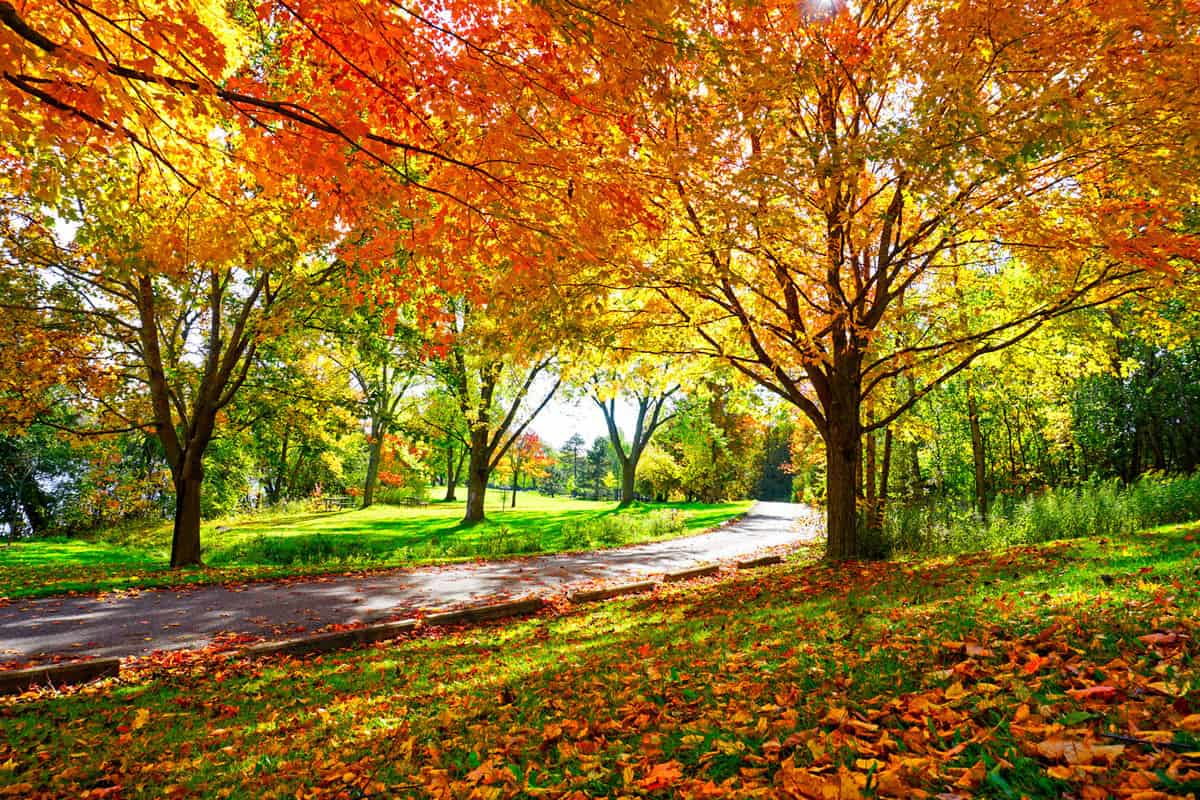
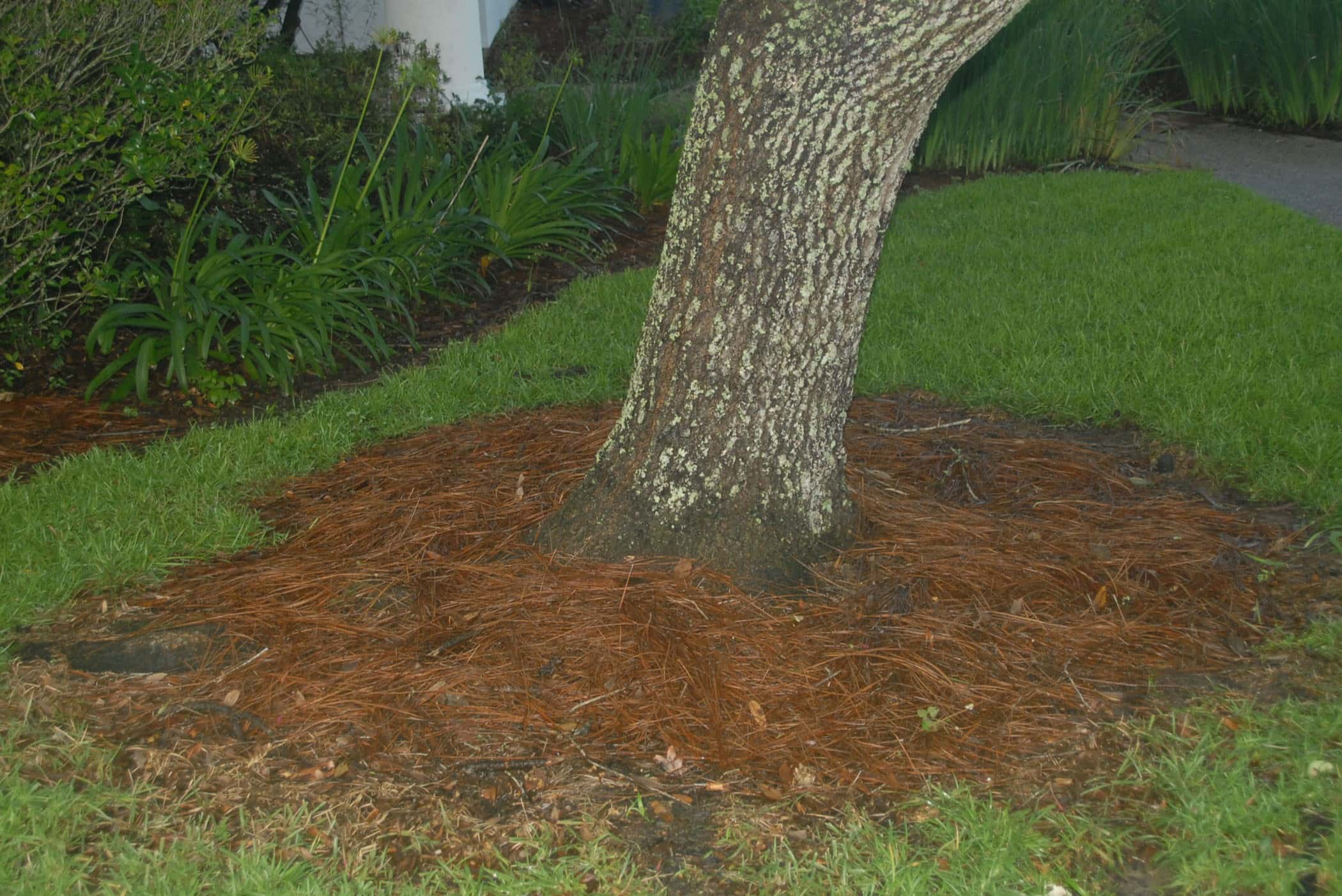
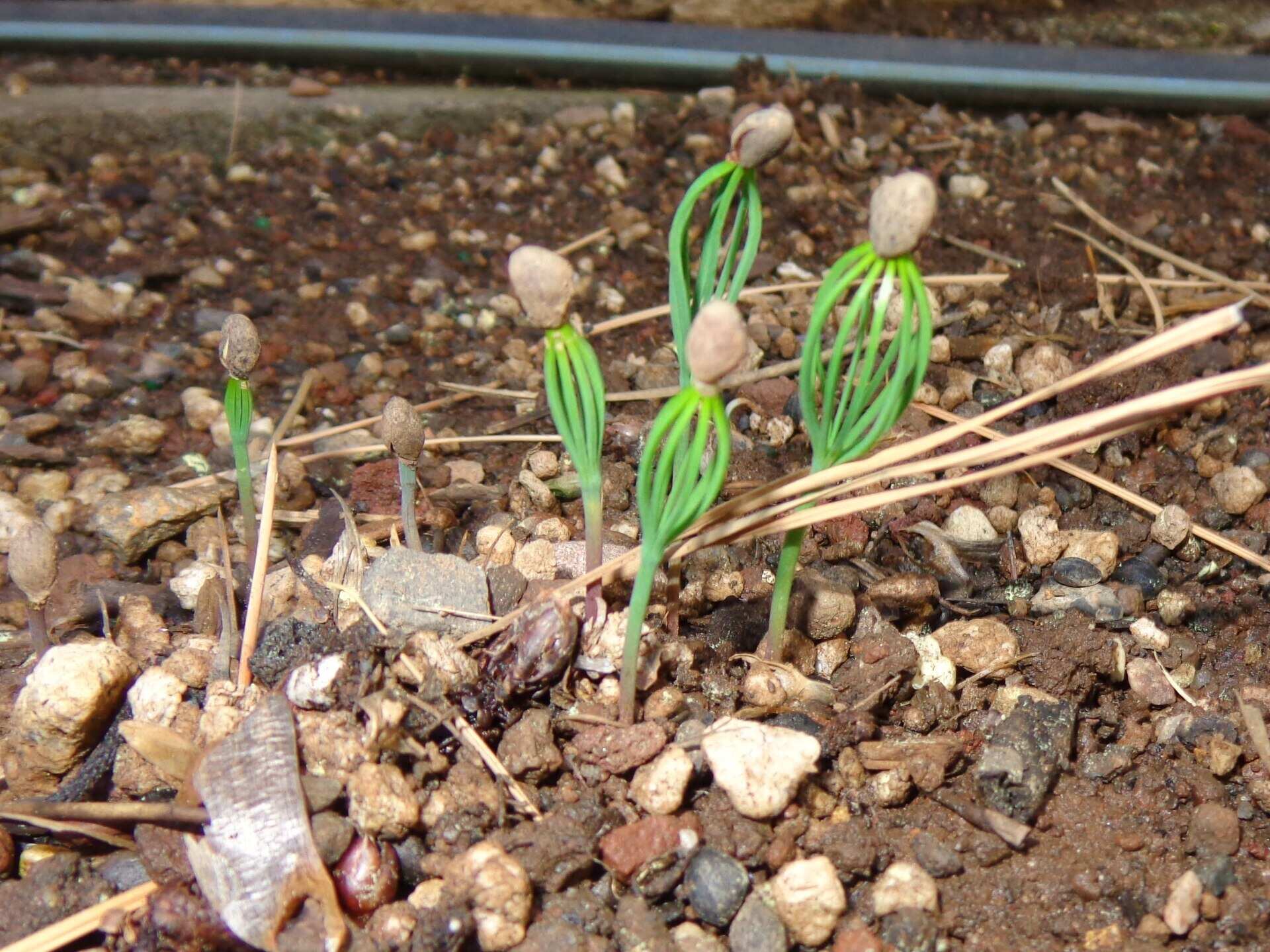
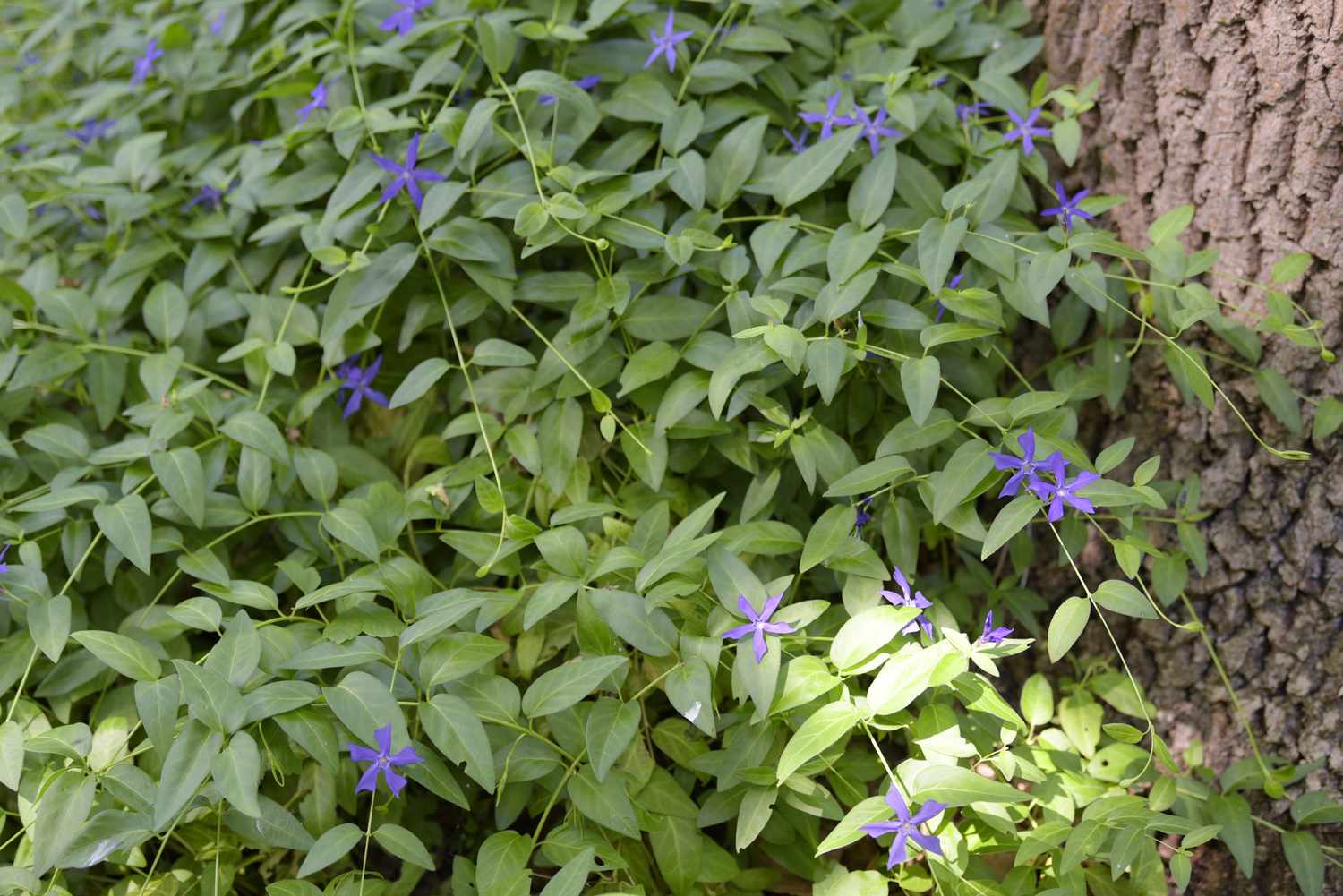
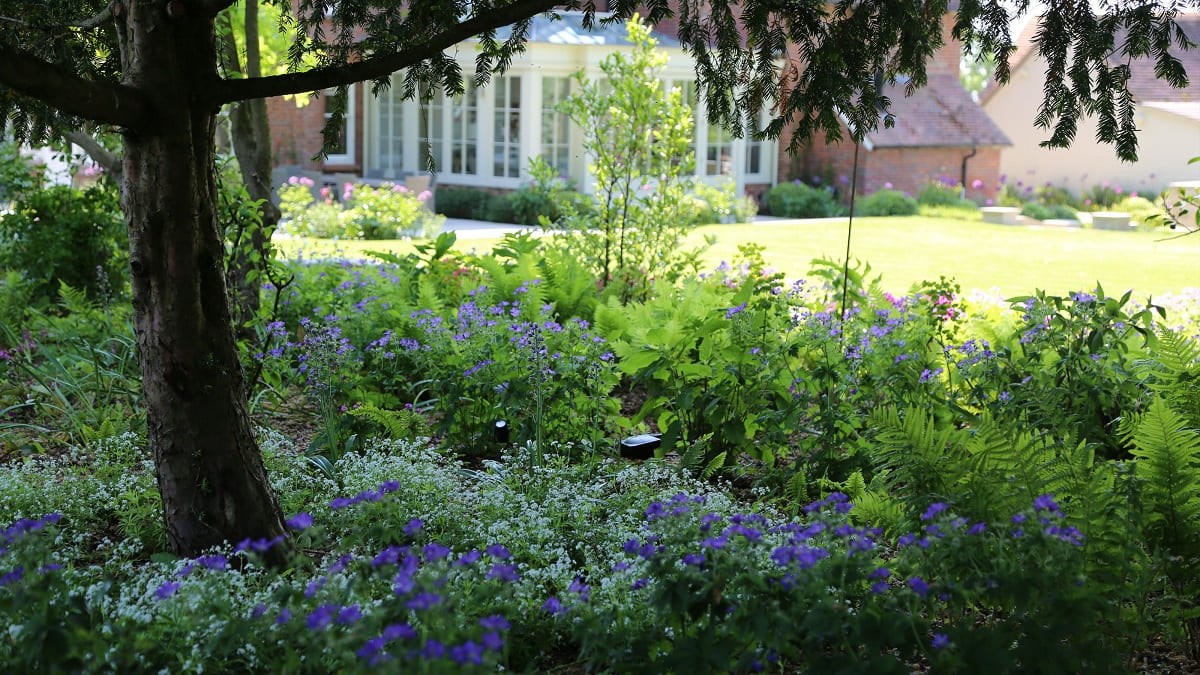
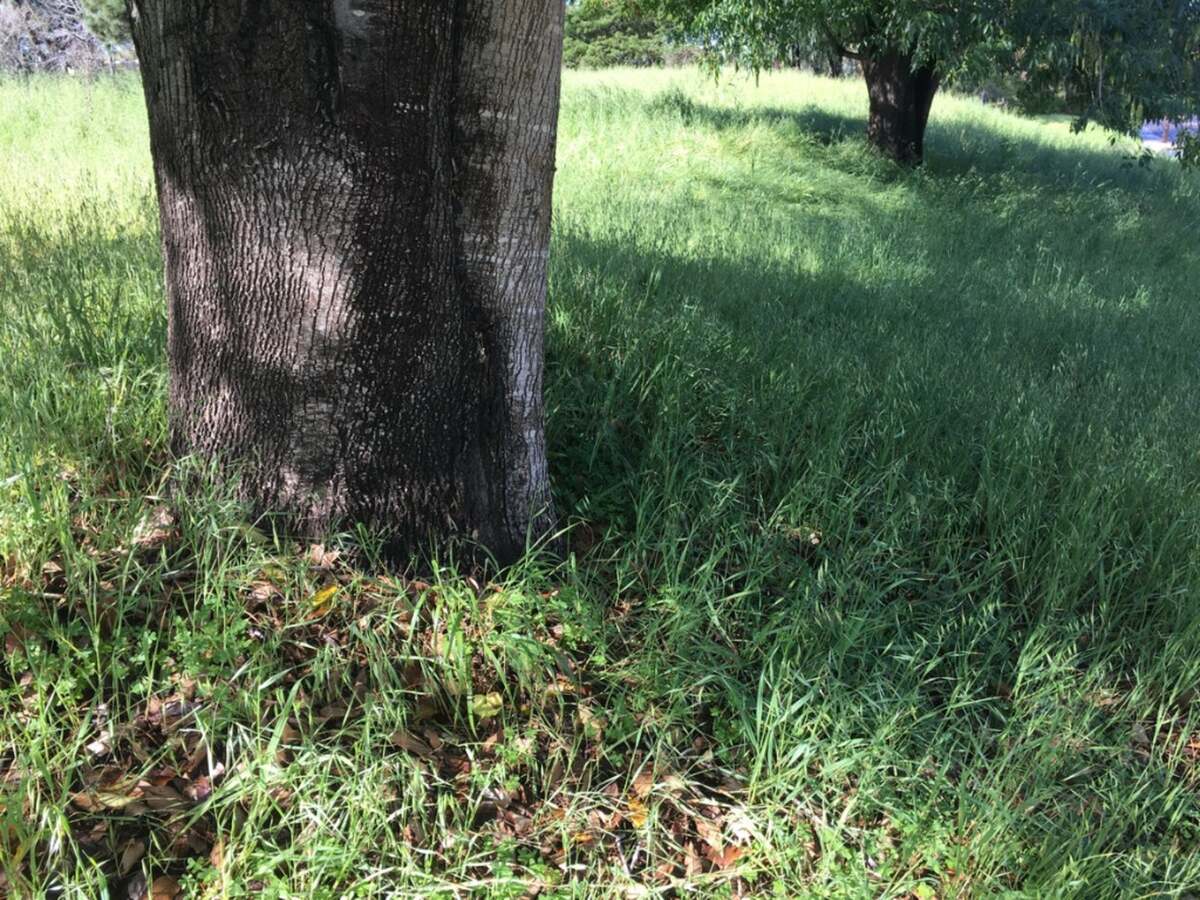
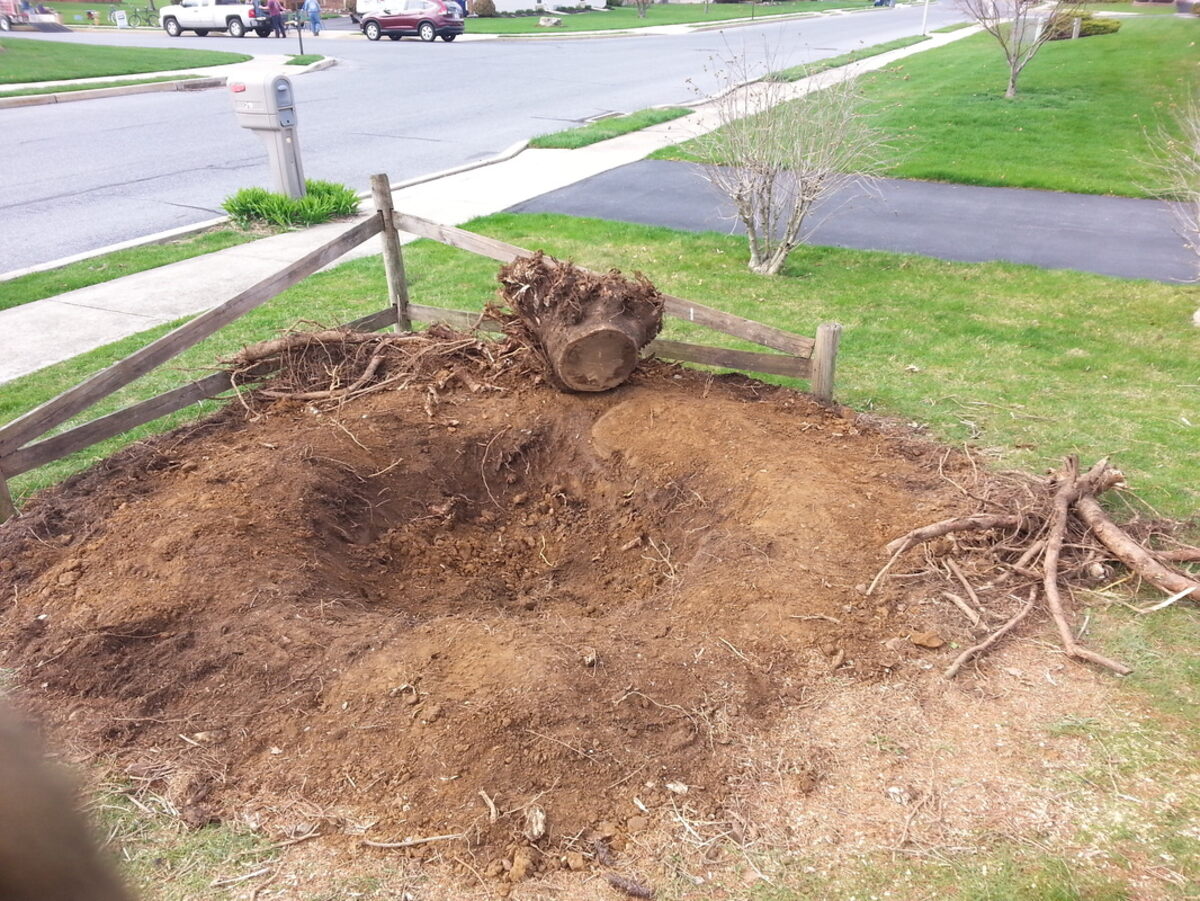
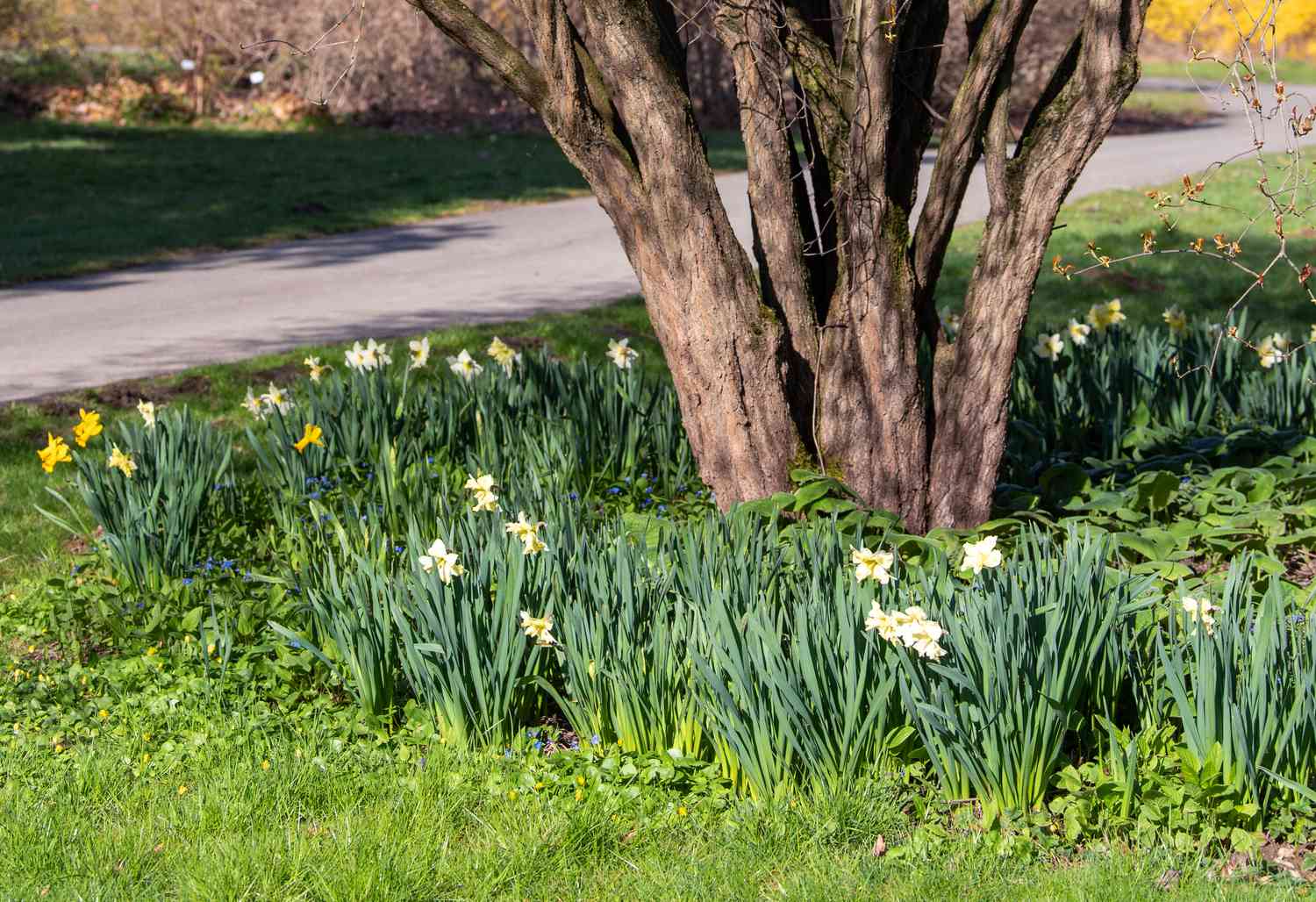
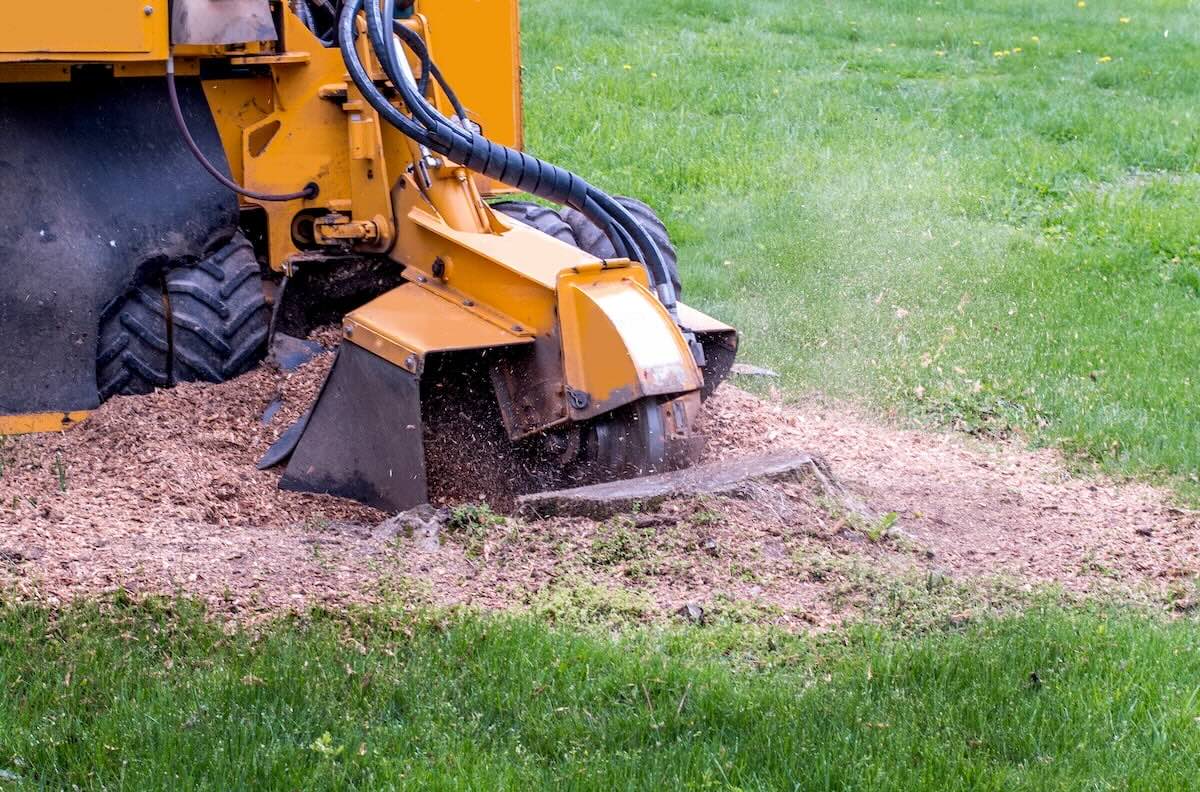
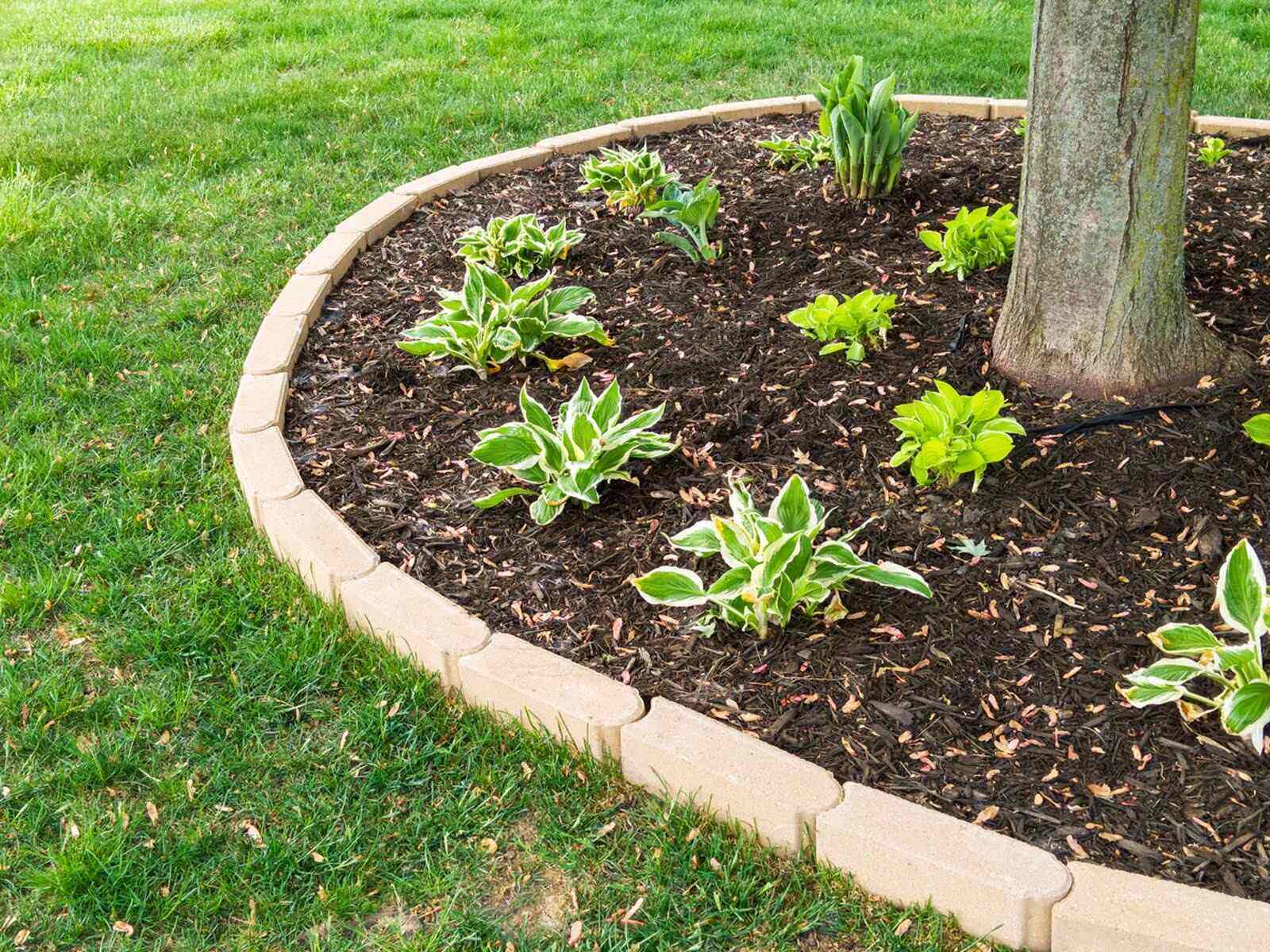
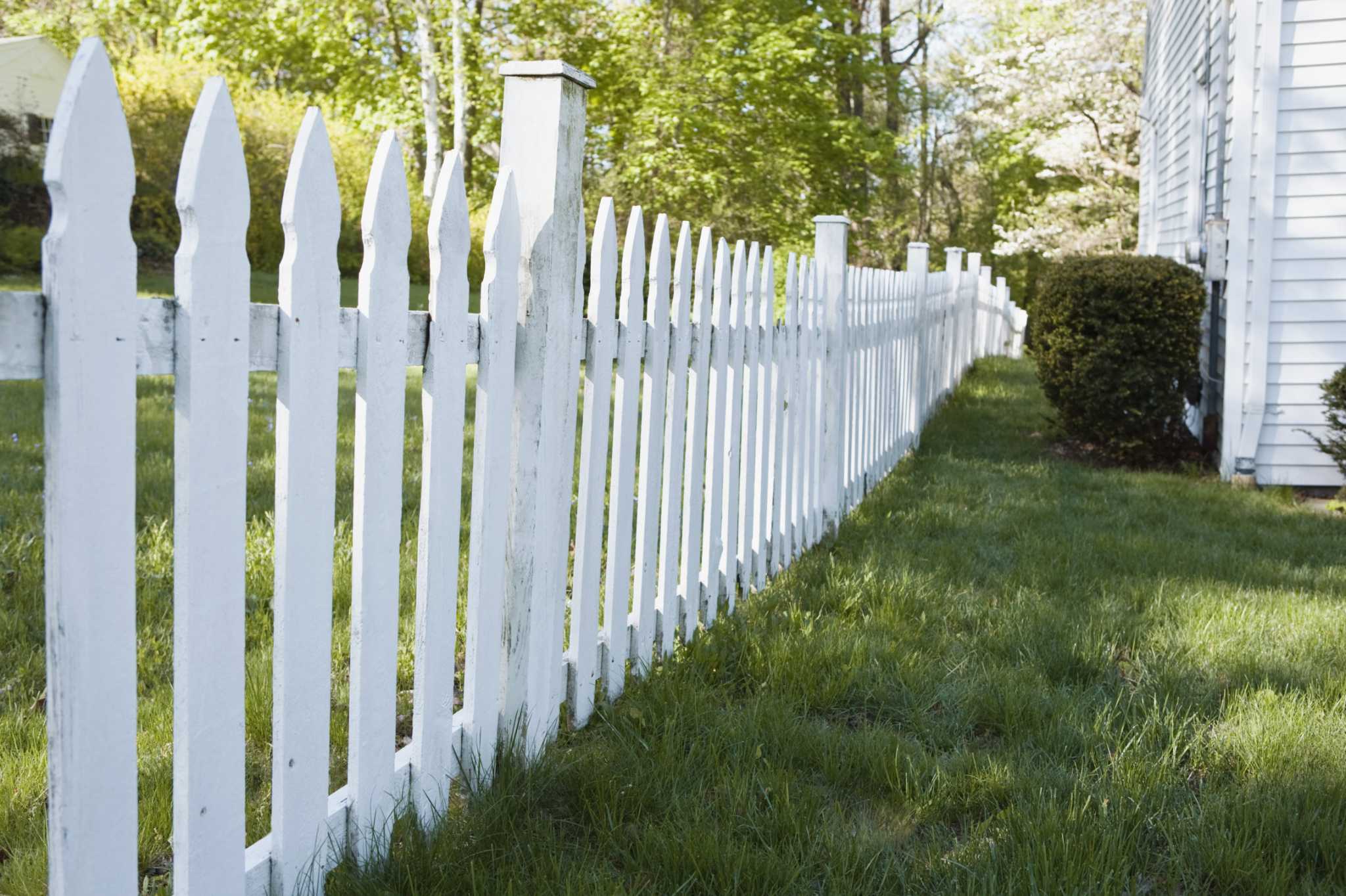
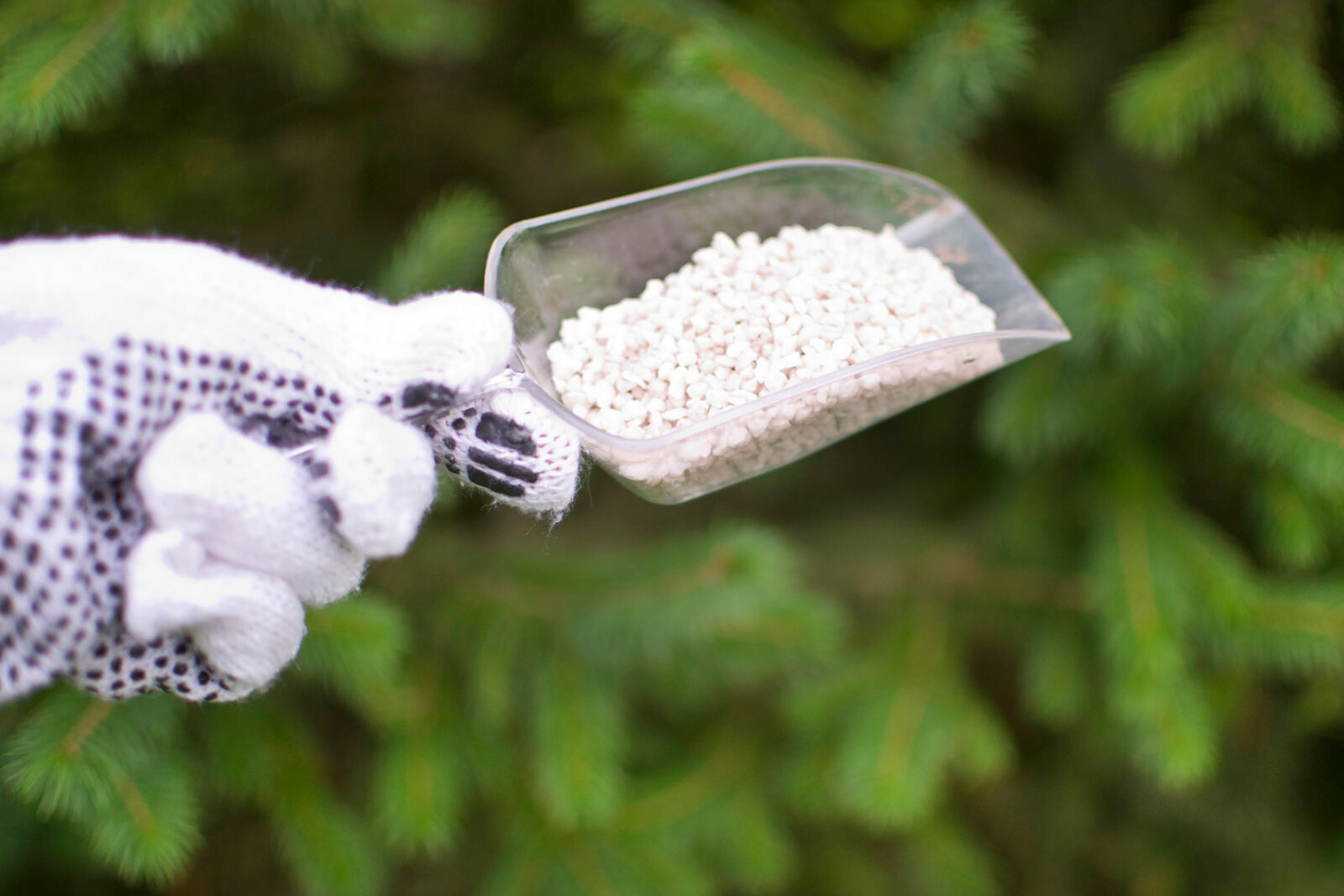
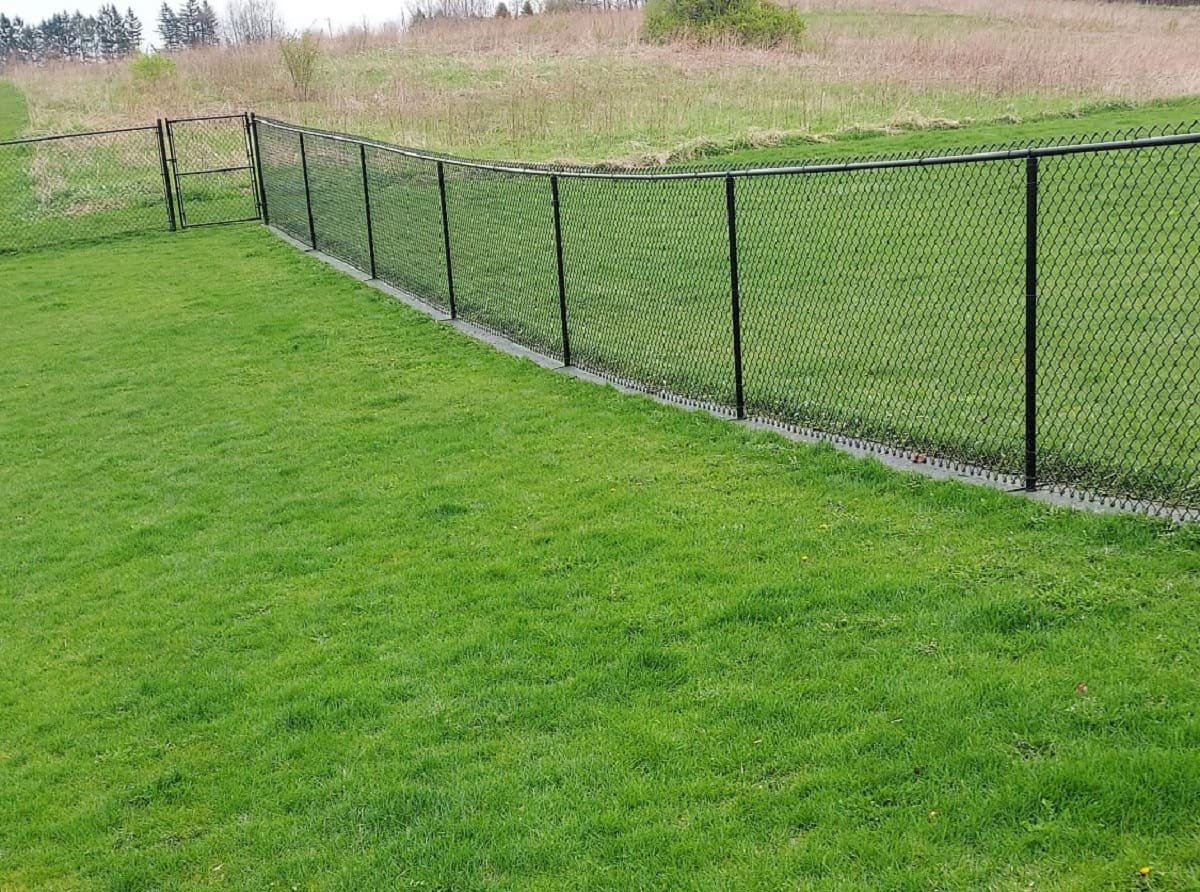
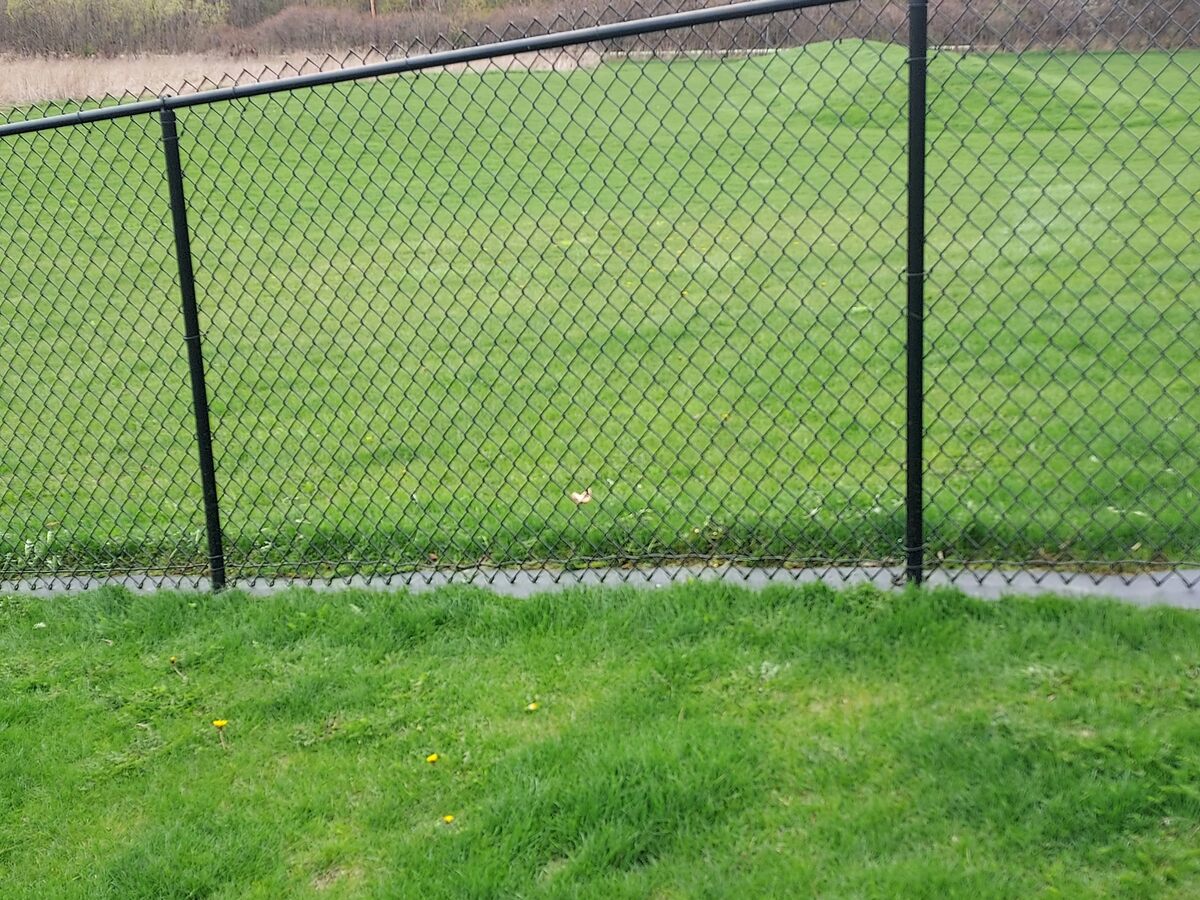

0 thoughts on “How To Grow Grass Under Pine Trees”